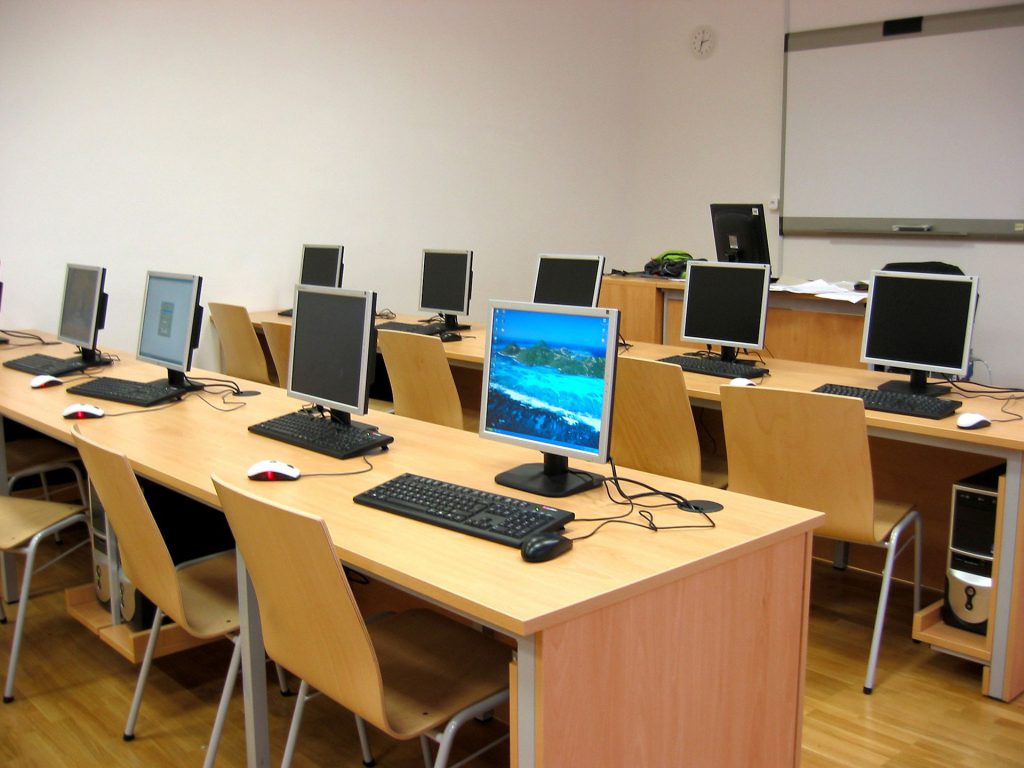Sunday Times Skills
Is This Our New Norm?
Learning specialist and chair of IFIP IP3 (International Professional Practice Partnership) Moira de Roche, says: “The associated technologies develop exponentially rather than linearly, and we will never be able to keep curricula up to date if we rely on traditional methods of learning. We must develop interventions that rely on machine learning.”
Multiple benefits
The chief benefits of e-learning, according to de Roche, are that you work at your own pace, in your own time, in your own space.
Students only need to cover the topics they don’t know (no repetition) and can redo any topic to gain a better understanding. “If you put e-learning into a classroom environment, you lose most of the benefits.”
Johannes Cronje, dean of informatics and design at the Cape Peninsula University of Technology and organiser of the annual eLearning Update conference, agrees.
“One of the big advantages of e-learning versus classroom learning is that it is easily repeatable. You can put it on a website and send it to everybody. It’s also very easy to update even if there is a tiny change that needs to be made. You make the change in one place and everybody gets that change,” says Cronje.
According to him, learning can be ensured by making students do online tests or through various other ways, “you could send emails to remind them and you can also do user-tracking.”
Cronje adds that in e-learning multiple modes of teaching are also enabled, including the use of pictures, PDFs, videos, podcasts, audio files and more. Apart from the other benefits including cost-saving, there is no “significant difference” in the learning results when comparing the two methods.
Practical challenges
Despite the benefits, there have been several challenges with implementing e-learning for South Africa, where learning is still largely classroom-based.
An e-learning student at Wits University, Thula Mkhwanazi, says her experience has not been great, considering that internet access is not cheap in the country. “There is a lot of video-based study content, this makes it difficult to study remotely because data costs are quite expensive.”
She says the course websites need to be modified to be less data-intensive and easier to navigate. Although she does agree that e-learning can present a lot more convenience, it’s not practical for many of the youth because they don’t have sufficient internet access or resources, while others don’t know their way around the internet. “This makes it difficult to say which is better because we also like that push from our lecturers sometimes.”
Blended learning
The way in which we work has gone digital, and consequently, the way in which we learn should be digital, according to Cronje. He says there is a way of combining both contact and distance teaching, called blended learning.
“What one usually does there is to make sure that students prepare online first by giving them tasks to do beforehand, then checking to see if they’ve done those tasks. Then when they come to class, you debrief them on those tasks.
“We call that a flipped classroom, where the learning is done at home and what eventually would’ve been the homework, which is the discussion and the reflection, is done in class. This truly moves the position of the teacher to a guide on the side, rather than a sage on the stage.”






 Sign-up and receive the Business Media MAGS newsletter OR SA Mining newsletter straight to your inbox.
Sign-up and receive the Business Media MAGS newsletter OR SA Mining newsletter straight to your inbox.